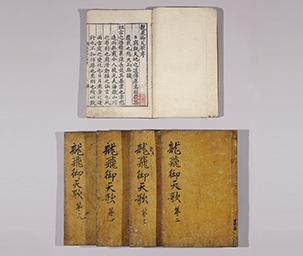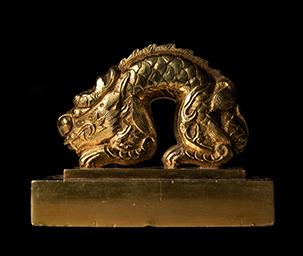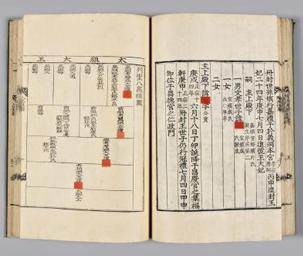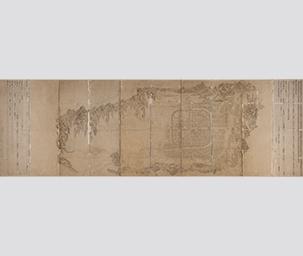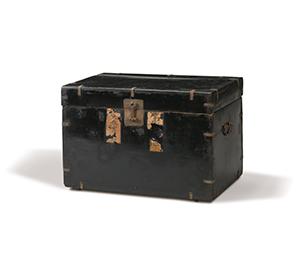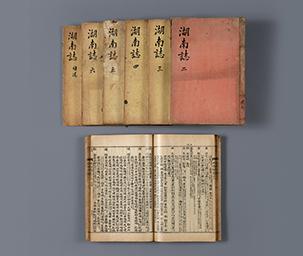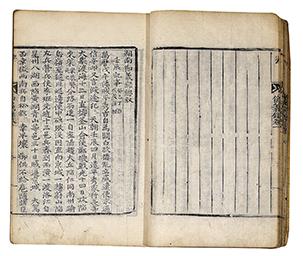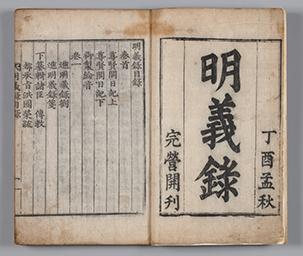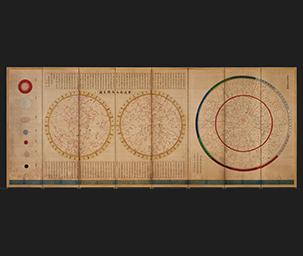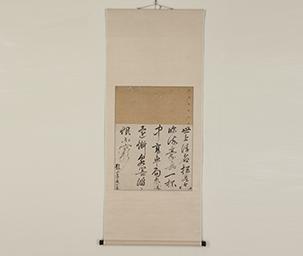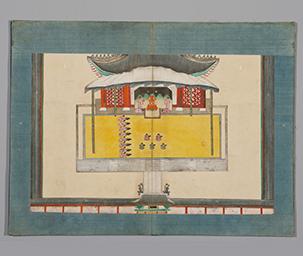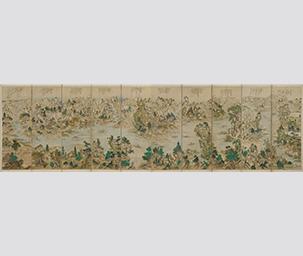Premanent Exhibitions
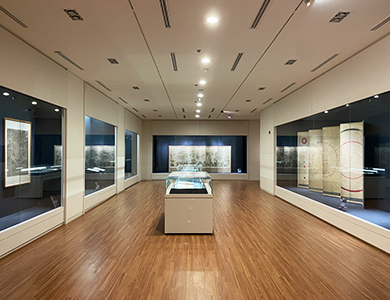
Jeonju, the hometown of the Joseon Dynasty
Exhibition room
Joseon (1392-1910), founded by Taejo Lee Seong-gye (1335-1408), has its roots in Jeonju. Jeonju became the hometown of the royal family when Lee Han, the founder of Jeonju Lee family, began to live here during the reign of King Moon Seong (839-857) in the Unified Silla. Various kings of Joseon made Jeonju, the Hometown of the 1st King of the new Dynasty, where their roots came from as a historical space. Jeonju was chosen as a lucky place to bury the womb of the king and royal descendants, and an archive facility to keep important national records was set up in Jeonju. Besides, Gyeonggijeon where Taejo Lee Seong-gye’s portrait was enshrined, the Jogyeongmyo enshrined with the mortuary of the sijo, and the Jogyeongdan, which was the cemetery of the sijo, were maintained and rituals were held over generations. During the Joseon Dynasty, Jeonju was a historical space that was cherished and preserved not only by the royal family but also by the local people.
Representative artifact
Jeonju, the center of Jeolla-do
Exhibition room
Jeonju, which became the hometown of the king was elevated to Wansanyusubu. In 1403 (Taejong 3), the name was changed to Jeonjubu, and the Gamyeong, which oversees Jeolla-do, was established shortly after the founding of Joseon. Jeonju, where Jeollagamyeong was located from the early Joseon Dynasty, was the center of Jeolla-do that encompassed Jeju Island. Jeolla Gamyeong was installed in Jeonjubu castle along with Jeonjubuyoung, which oversees Jeonjubu. Jeonjubu castle, the largest castle in the south of the Han River during the Joseon Dynasty, was located in the center of Gaeksa, Jeollagamyeong in the west, and Jeonjubuyeong in the east. During the Joseon Dynasty, Jeonju was the center of Jeolla-do, which encompassed politics, economy, society, and culture as well as Jeolla-do.
Representative artifact
Jeonbuk's pioneering intellectuals
Exhibition room
In Jeollabuk-do, consistent with its long history and tradition, people who left distinct marks in each field were constantly produced. As if reflecting the atmosphere of this area called Art Town, outstanding calligraphers and painters actively worked in this area. The pioneers who led the science and art of Jeollabuk-do did not neglect to study the existing traditions. Nevertheless, they did not hesitate to accept new ideas and cultures that had been handed down from early times in China or the West. These were the true intellectuals who led the science and culture of Jeollabuk-do.
Representative artifact

Jeonju, the hometown of the Joseon Dynasty
- 301Portrait of King Taejo, the Founder of the Joseon Dynasty
- 302Genealogy Book of the Jeonju Yi Family
- 303Eoje sudeok jeonpyeon (Confucian Text by King Yeongjo)
- 304Placenta Jar of King Yejong
- 305Rubbing of Commemorative Stele of Jogyeongdan Memorial Altar
- 306Seal of Emperor Gojong
Jeonju, the center of Jeolla-do
- 307Guwen zhenbao (Veritable Treasures of Ancient Writings)
- 308Jeonun okpyeon (Dictionary of Chinese Characters)
- 309Sarangbang (Scholar's Studio)
- 310Detail of Gyeonggijeon Hall on the Map of Wansan
- 311Lacquered Box with Inlaid Mother-of Design of Ten Symbols of Longevity
- 312Jeonjujang (Bandaji Chest)
Jeonbuk's pioneering intellectuals
- 313Folding Screen with Calligraphy by Yi Sam-man
- 314Yisu sinpyeon(New Edition on Science and Mathematics)
- 315Yeonseoksanbang mijeong mungo (Collection of Incomplete Manuscripts by Yi Jeong-jik)
- 316Portrait of Kim theo sang
- 317Folding Screen with Literati Painting by Yi Jeong-jik
QUICK MENU 원하시는 서비스를 클릭하세요!
등록된 퀵메뉴가 없습니다.

